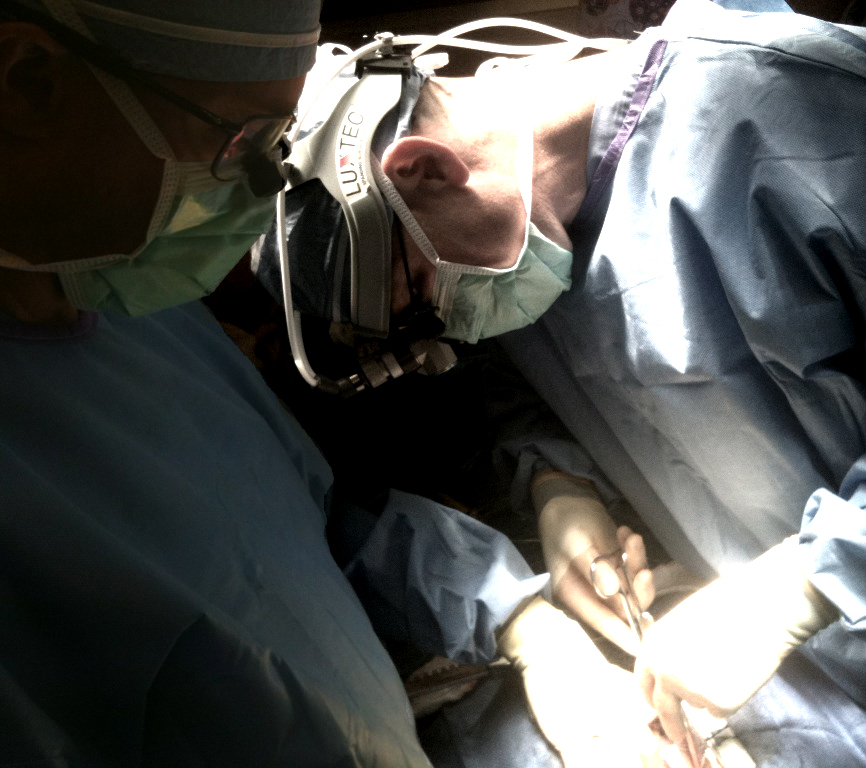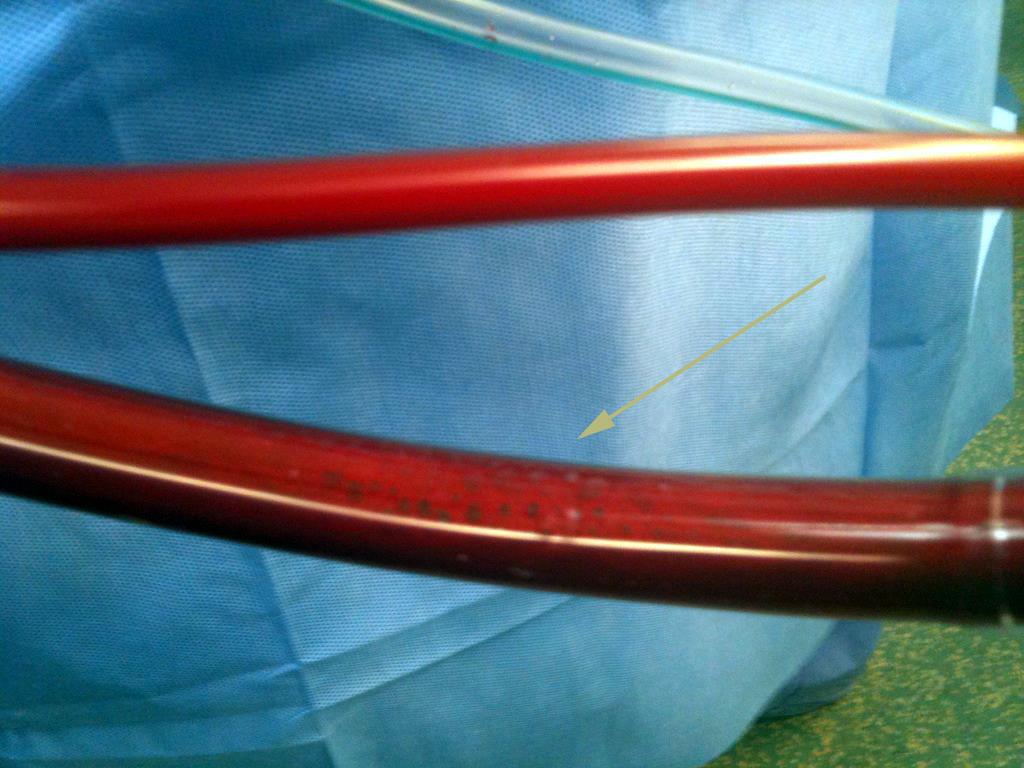Backing Up Nebraska …

Satori
Satori (悟り?) (Chinese: 悟; pinyin: wù; Korean 오; Vietnamese ngộ) is a Japanese Buddhist term for enlightenment that literally means “understanding”. In the Zen Buddhist tradition, satori refers to a flash of sudden awareness, or individual enlightenment, and is considered a “first step” or embarkation toward nirvana.
Heart teams are in a constant state of flux. At least from what I have seen pumping at 30 or so different hospitals. It seems that every once in awhile you get the right mix of crew, personalities, commitment, and synergy. Our personal moment of Satori.
That ” once in awhile” is the tip of the brush for the artist looking for the perfect landscape, or in our case- the perfect pump run.
That “once in awhile” is the moment of clarity, when all things gel to perfection, and crystallize for one brief snapshot before the next swell of change cascades onto the team.
I don’t know whether we are heading towards it- or we just got there (Satori- that is) , but we have a truly great team dynamic right now.
Adding a new part (or parts) to the equation is always a hit or miss proposition.
As such, today I found myself in a backup role, breaking in our newest team member to one of our toughest surgeons. He’s a great surgeon- just a little twitchy about who he lets in his room, and whether or not they are going to mess up his balance- or “chi”. [1]
When I first met him, well it wasn’t a cake walk. He was a military man- and so was I- just different ranks (significantly).
You have to prove yourself to this guy. So it’s really up to you if you want that kind of challenge. I took it because of one clearly obvious fact. He genuinely cared for his patients.
Bull dog type of tenacity thing. Man- he wasn’t gonna let you (the patient) go just because it was going to interfere with dinner, sleep, or anything else.
You might as well forget giving up, because he WILL make you want to live, if for no other reason than to just be able to crawl away- to get away from him.
Now THAT – is something I can respect.
Meet Nebraska
So anyway, we have a relatively not-so-new grad, he’s definitely proven himself to be a keeper, and for the sake of this story, we’ll call him Nebraska to preserve his anonymity, and well, ‘cuz that’s where he’s from.
So the DEAL is… I am going to be a buffer to slowly get the the surgeon at the top of this post, to hang out with the new perfusionist right above the last couple of sentences. Note: Hang out = tolerate.
On top of that, I have to try to stay clinically removed and muzzle my own instincts regarding patient management, and walk a tight rope of diplomacy so to speak.
Want to keep the surgeon happy, the new guy unruffled, and still try to have fun doing it. Hence this post.
The Pump Run
We make choices on every case we do- Q rates, Prime, Rapping, Hypothermia, blah blah blah… add infinitum.
One of the more interesting doors we open and peer through, is the transfusion threshold (the lowest critical point to which you are willing to expose the patient to potentially localized or systemic hypoxic states).
Basically, it is YOUR line in the sand. Whatever value/number you choose (Hct / Hgb) as your trigger-point to intervene.
Transfusing blood is always strewn with controversy because of the following:
- Most programs are measured by their transfusion rates
- Invokes a statistically greater risk in terms of morbidity
- Cost
- Is the result of “Old School” paradigms.
Conversely, choosing NOT to transfuse a patient may:
- Decrease survivability
- Expose the patient to a potential stroke window
- Further exacerbate an already fertile environment for systemic complications
- Improve patient outcome by the simple fact that you have avoided the above.
So for today we have the following clinical presentation:
Op: Mitral Valve Replacement: 56 kg: Short: Hgb 10.0 gm/dl: Priming volume about 1,000 ml after RAP & adding prime constituents: Moderate to mild hypothermia: Estimated pump run of 70 minutes or so.
Now my instincts on a case like this are to drop a unit or two of blood into the prime, chase out the equivalent volume of crystalloid, and reduce the implied hemodilution. I tend to try to avoid a stroke window, if we dilute to a Hgb of less than 6.5 or so.
Nebraska countered my argument taking into consideration the patient’s lack of cerebrovascular issues, and wanted to give it a shot, and hold off or “wait and see”. Anesthesia was in the mix with this and was cool with whatever direction we took.
Obviously if you can avoid transfusing blood, the better off you are (the patient).
I enjoy seeing contrasting opinions / approaches, and liked the fact that our newest colleague was asserting himself on this issue. You can argue either position, and he had done a fine job- and it was his case and it was his patient.
The fact that he is willing to position himself, takes conviction and decisiveness- two seriously good qualities you want to see in a perfusionist.
That speaks volumes. (No pun)
I sat back and watched from the bleachers…
Well we went on CPB, and first gas at 10 minutes into the run came back looking pretty good. Good oxygen saturations, Acid-Base was great, and the Hct. was 21%.
So we’re going to ride this pony and see where it takes us.
Half way through the case, we took off over 3 liters via ultrafiltration, the Hct is 25% and things are looking pretty.
And then a hiccup. And we extend the operation a bit, and the patient is doing well but the venous return could be better- but not an issue. (There’s plenty of it, just a little messy with air coming across the venous purse strings)
(The byproduct of bicaval cannulation, tough exposure, and hard retraction.)
By now the Hct is 21-23 ish and it’s time to make a choice. It becomes not a question of If… but a question of When…
And we’re rewarming, we de-air the heart, XC comes off, convert to sinus rhythm, down to just one caval canulae (inferior) and finally we are off pump, all is well in the kingdom, the surgeon leaves and I let Nebraska know that I felt he did an outstanding job.
While it’s tough staying out of the mix, you have to accept that it’s part of the process. You give the best of what you have, knowing it’s tempered with experience. So a part of my instructor, is passed on to me and then down the line to Nebraska… and so forth as it should be.
The job got done, and it was done right…
Adios for now 🙂
Oh yeah… That’s right… What about the blood ? == 🙂
Note: See comments section to find out about the blood 🙂
Footnotes:
[1]
The ancient Chinese described it as “life-force”. They believed chi permeated everything and linked their surroundings together. They likened it to the flow of energy around and through the body, forming a cohesive and functioning unit.
By understanding its rhythm and flow they believed they could guide exercises and treatments to provide stability and longevity.






